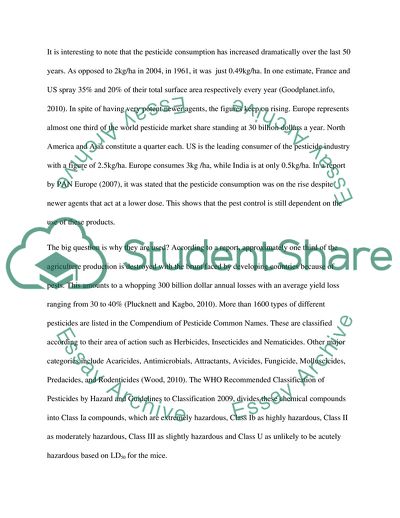Cite this document
(Human Impacts on Ecosystems Literature review Example | Topics and Well Written Essays - 1250 words, n.d.)
Human Impacts on Ecosystems Literature review Example | Topics and Well Written Essays - 1250 words. https://studentshare.org/environmental-studies/1745336-environmental-engineering
Human Impacts on Ecosystems Literature review Example | Topics and Well Written Essays - 1250 words. https://studentshare.org/environmental-studies/1745336-environmental-engineering
(Human Impacts on Ecosystems Literature Review Example | Topics and Well Written Essays - 1250 Words)
Human Impacts on Ecosystems Literature Review Example | Topics and Well Written Essays - 1250 Words. https://studentshare.org/environmental-studies/1745336-environmental-engineering.
Human Impacts on Ecosystems Literature Review Example | Topics and Well Written Essays - 1250 Words. https://studentshare.org/environmental-studies/1745336-environmental-engineering.
“Human Impacts on Ecosystems Literature Review Example | Topics and Well Written Essays - 1250 Words”. https://studentshare.org/environmental-studies/1745336-environmental-engineering.


